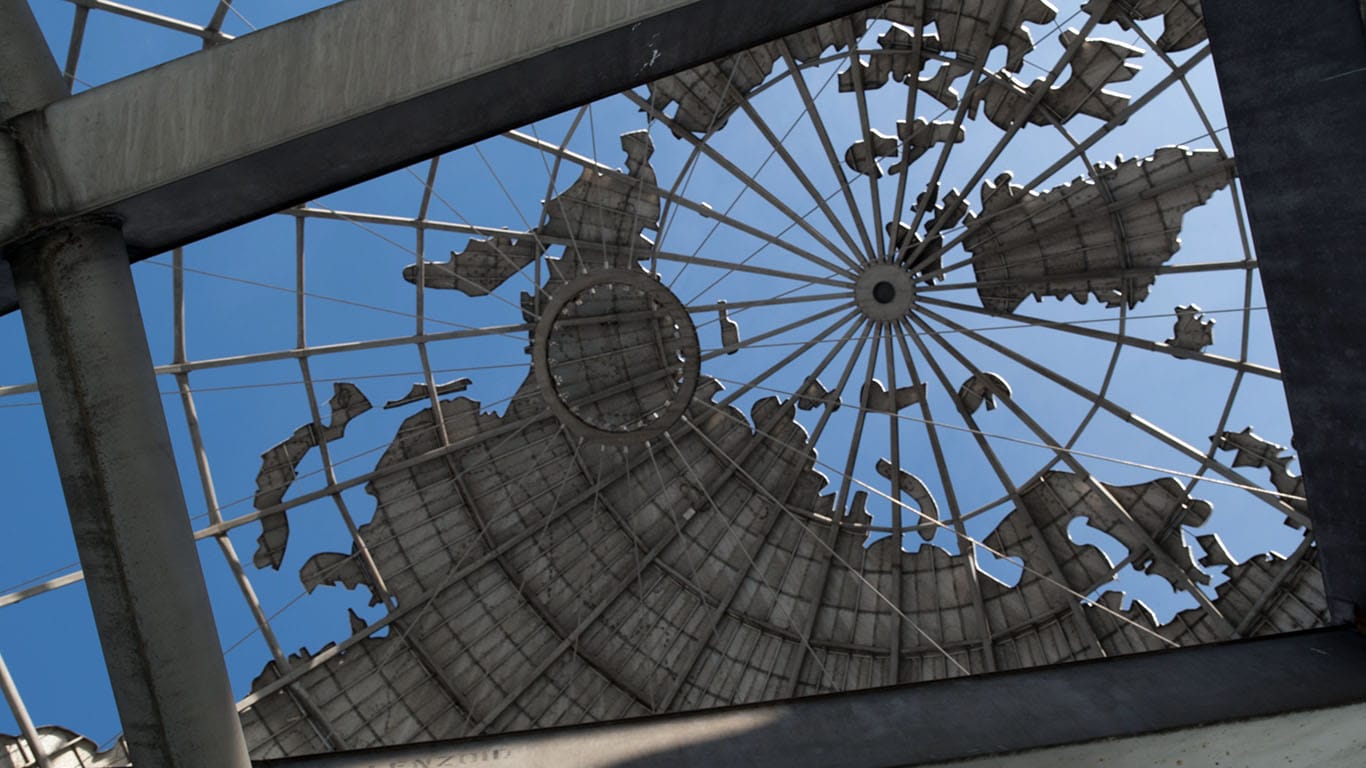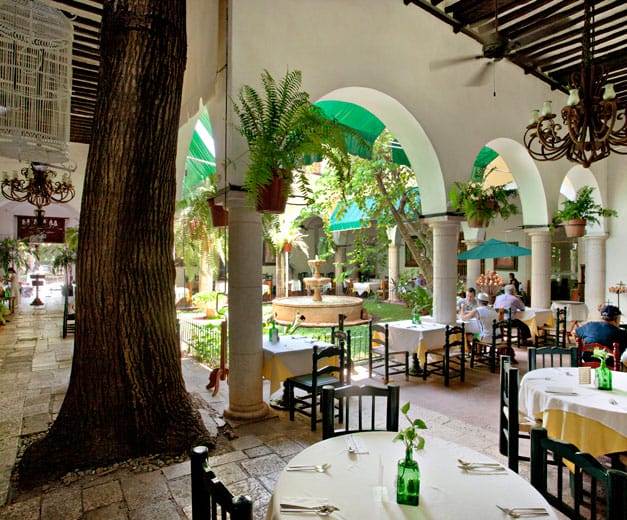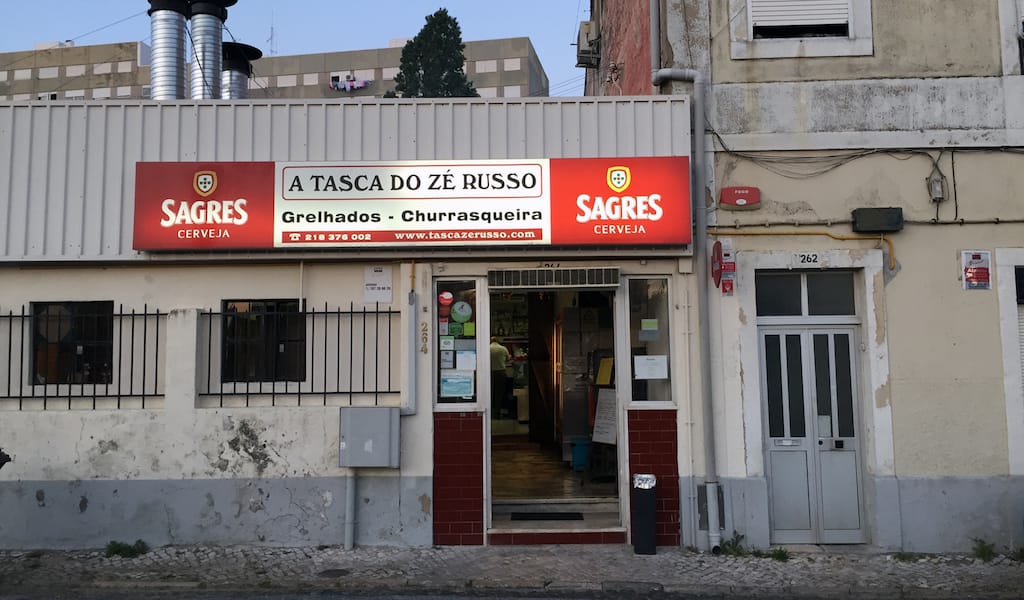The story of how Queens transformed into a microcosm of the world’s cuisines is just as fascinating and important as those of the cuisines’ creators. The borough is one of the most diverse places on the planet, with over 120 countries represented and 135 languages officially spoken in the public school system. The cause? The Immigration and Nationality Act of 1965.
From the Colonial period to the early 20th century, immigrants to the U.S. were mainly northern Europeans. Soon after the Immigration Act of 1924 passed, a national origins quota system dictated migration patterns. The Act allowed unlimited northern European entry, limited southern Europeans with quotas and excluded Asians, Africans, Hawaiians, Puerto Ricans and Alaskans.
The Civil Rights movement challenged many unlawful practices related to segregation, including unfair immigration laws. Queens’s demographics today are a direct reflection of the struggle, led by longtime Civil Rights activists, for more just treatment for all citizens and more equitable immigration policies. President John F. Kennedy was one of the first political leaders to challenge the immigration laws. After his assassination, President Lyndon B. Johnson took up the cause, signing the Immigration and Nationality bill into law on October 3, 1965, and stating that this “is one of the most important acts of this congress and of this administration. It does repair a very deep and painful flaw in the fabric of American justice. It corrects a cruel and enduring wrong in the conduct of the American nation….This is a simple test, and it is a fair test. Those who can contribute most to this country – to its growth, to its strength, to its spirit – will be the first that are admitted to this land.”
The 1965 Act changed Queens just like it did the rest of the country. Home to about 2.3 million people, Queens includes the highest fraction (35.5 percent) of foreign-born residents of all the boroughs. It is the most ethnically heterogeneous and, for a number of indicators, is likely the most diverse county nationwide.
The neighborhoods with the largest foreign-born populations include Jackson Heights, Elmhurst, Corona, Flushing, Forest Hills and South Ozone Park. To lay the foundation for our year of exploration, we first focused on the languages spoke in the most diverse neighborhoods of Queens. In each of the six neighborhoods, English, Spanish and Chinese dialects dominate (see the map to the left).
Once we excluded English, Spanish and Chinese dialects from the data, another layer of languages emerge. In Jackson Heights, for example, there are Other Indic, Hindi, Urdu, Russian, Other Asian, Tagalog, Greek, Korean, Portuguese and Arabic also spoken in the neighborhood. (India alone has 23 constitutionally recognized languages that accounts for some of the Other Indic category).
In Jackson Heights, the five top countries of origin for the residents are Ecuador, Colombia, Mexico, Bangladesh and China, in descending order. South Ozone Park’s top five, on the other hand, are Guyana, Trinidad and Tobago, India, the Dominican Republic and Ecuador. In each of these six neighborhoods, except South Ozone Park, residents from Latin America and China predominate.
The cultural mix here is deep. Setting aside the English-, Spanish- and Chinese-speaking populations, where do the other immigrant communities come from? Based on the census data, Forest Hills, for example, includes immigrants from Russia, Uzbekistan, India, Ukraine, Israel, Poland, Japan and Korea. Corona is heavily Latin American and also includes a sizeable Indian and Bangladeshi presence too.
The world truly is in Queens.
To read the rest of the “Queens Migrant Kitchens” stories, click here.
(Additional funding for this piece was provided by the Buenas Obras Fund)
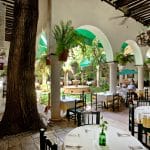 May 29, 2015 First Stop
May 29, 2015 First Stop
David Sterling is chef, owner and maestro at Los Dos in Mérida, Yucatán, the first […] Posted in Elsewhere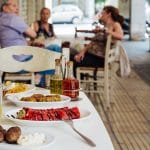 August 8, 2019 Koutoukaki
August 8, 2019 Koutoukaki
Update: This spot is sadly no longer open.
A neighborhood on the southeast side of […] Posted in Athens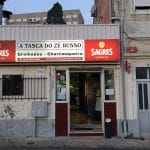 May 23, 2018 Tasca Zé Russo
May 23, 2018 Tasca Zé Russo
Considering how much hype has been laden upon it since 2016, when a few galleries moved […] Posted in Lisbon
Published on February 15, 2016
Related stories
May 29, 2015
ElsewhereDavid Sterling is chef, owner and maestro at Los Dos in Mérida, Yucatán, the first culinary adventure destination devoted exclusively to Yucatecan cuisine. He is the author of Yucatán: Recipes from a Culinary Expedition. In 2015, the book was honored as Best International Cookbook and Best Cookbook of the Year by the James Beard Foundation;…
August 8, 2019
AthensUpdate: This spot is sadly no longer open. A neighborhood on the southeast side of Filopappou Hill, between Acropolis, Petralona, Kallithea and Neos Kosmos, Koukaki was named after one of its first residents, Georgios Koukakis, who in the early 20th century opened a successful factory there manufacturing iron beds. Gradually the area developed into a…
May 23, 2018
LisbonConsidering how much hype has been laden upon it since 2016, when a few galleries moved into some of its former warehouses, you’d think the light-industrial, heavily residential neighborhood of Marvila would already be out of fashion. Yet, step outside the cluster of streets hosting these art spaces, co-working hubs, brewer-bars and the famed cultural…







































